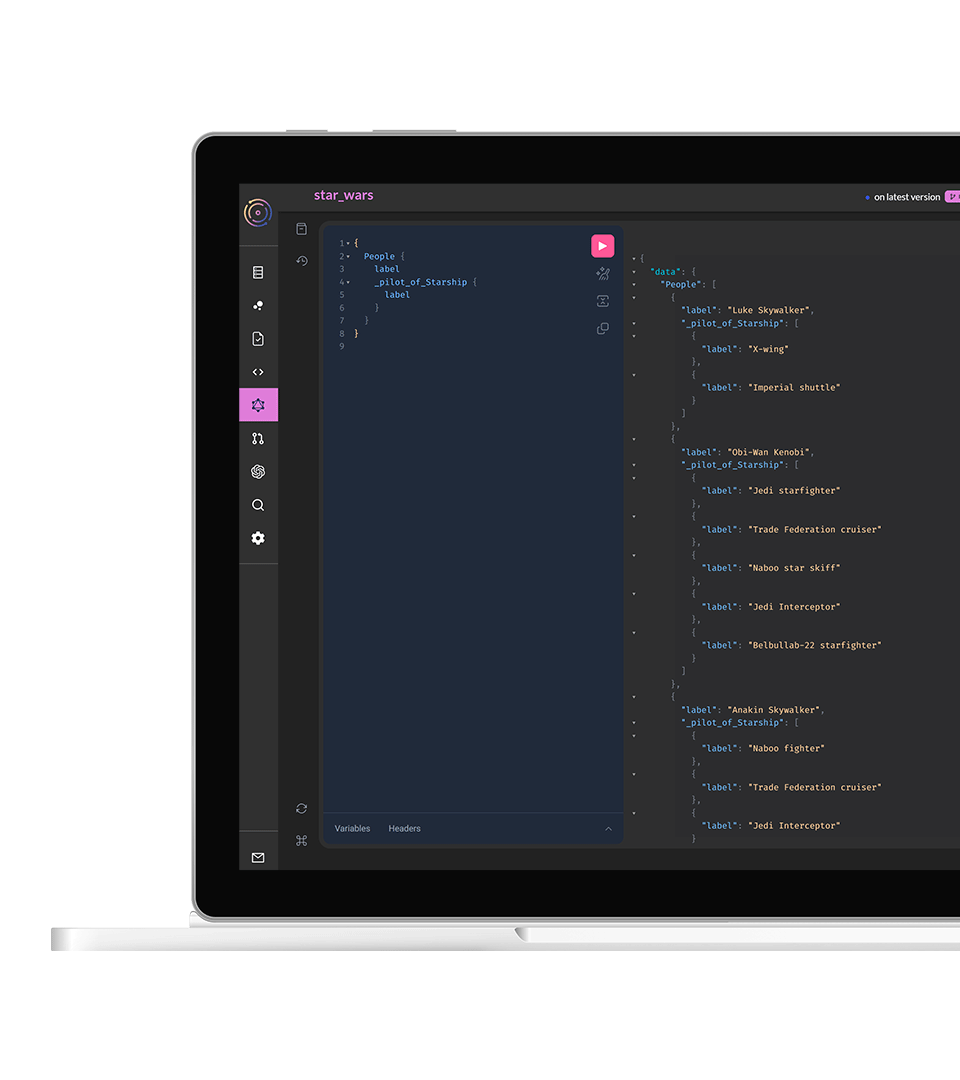Build Smarter AI Tools with VectorLink
Combine the power of LLMs with your data to build smarter generative AI tools. VectorLink uses the context of your data to enhance an AI model’s parameterized knowledge.
Do you need an AI assistant that specializes in your business? Talk to us to get you started.
VectorLink
VectorLink is a data tool to provide LLMs with semantic context about your data. It provides versioned indexing of your data and content enabling you to create smarter generative AI based on your own facts.
We provide consultancy helping to ready your organization for the AI age. Contact us to enquire.
Entity Resolution
Using the power of LLMs to provide semantically meaningful vector-embeddings in a high-dimensional vector space to make comparisons.
Retrieval-Augmented Generation
Retrieval-augmented generation combines information retrieval of your business data with AI text generation.
Semantic Search
Semantic search combining AI model parameterized knowledge with your content, data and context.
Semantic AI Classification
Taxonomies, audiences, and categorisation with AI assistance to save time and resource.
TerminusDB
Open-source document graph database
A multi-model and distributed open-source graph database and document store. At its heart is a collaboration model providing Git-for-data features such as branch, diff, merge, workflows, and revision control.TerminusDB
Open-source document graph database
A multi-model and distributed open-source graph database and document store. At its heart is a collaboration model providing Git-for-data features such as branch, diff, merge, workflows, and revision control.
The Building Blocks of TerminusDB
TerminusDB is built to provide developers with a suite of tools to solve complex problems and develop innovative applications and services. The key features that enable collaborative, relationship-aware, and data-focused applications include –
Git-Like Collaboration
Branch, clone, merge, just like in Git, but with data. Work in parallel branches, see complete audit logs and document histories. Git-like collaboration for data and content.
Scale Big, Store Small
We have the lowest memory overhead around. We use succinct data structures and delta encoding to keep things small, just 13.57 bytes per triple. We can scale to any size, with the only limitation being the memory available.
AI Best Practice
Graph relationships, metadata, and version control, coupled with VectorLink, the TerminusDB semantic indexer, provide the backbone to use AI with your data and in your applications.
Pull Request Workflows
Pull request workflows are built into the data layer to keep a human in the loop to ensure changes are correct.
Graph Data
JSON documents are connected in a knowledge graph providing relationship-focused data products with greater query power.
Portable Data
Data and content is stored as human and machine readable JSON documents - the structured format for the web.
Flexible Schema Design
The schema is based on a simple JSON syntax. Build it with a UI or in code. Schema migration tools help to evolve your applications over time.
API First
Connect with REST and GraphQL APIs and with Python and JavaScript clients.
Distributed Design
Work locally and offline and push changes to the cloud using the clients and command line interface.

Leverage AI's Potential
If you need to leverage the potential of your data and content using generative AI to solve difficult problems, our consultancy services can speed up the project. Enquire today to see about working with us.